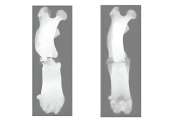Antihypertensive meds initiation linked to fractures in nursing home seniors
For longer-term nursing home residents, initiation of antihypertensive medication is associated with an increased risk for fractures and falls, according to a study published online April 22 in JAMA Internal Medicine.
Apr 23, 2024
0
0









